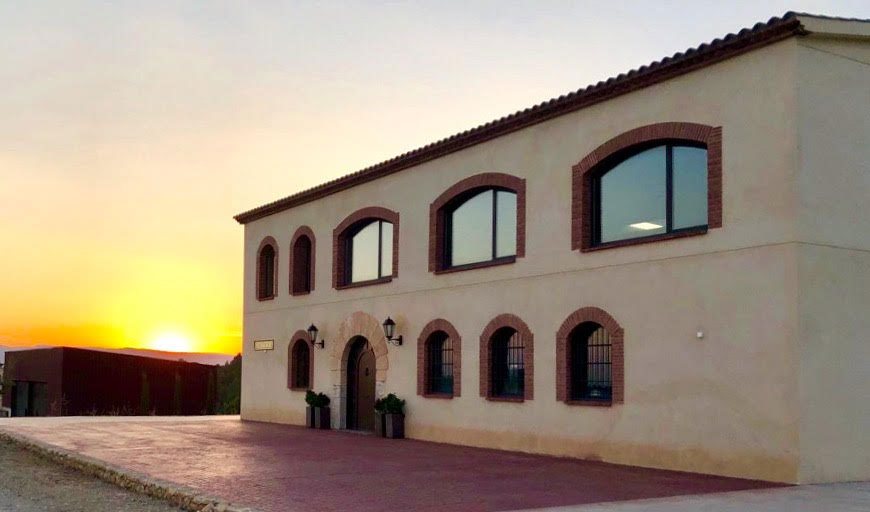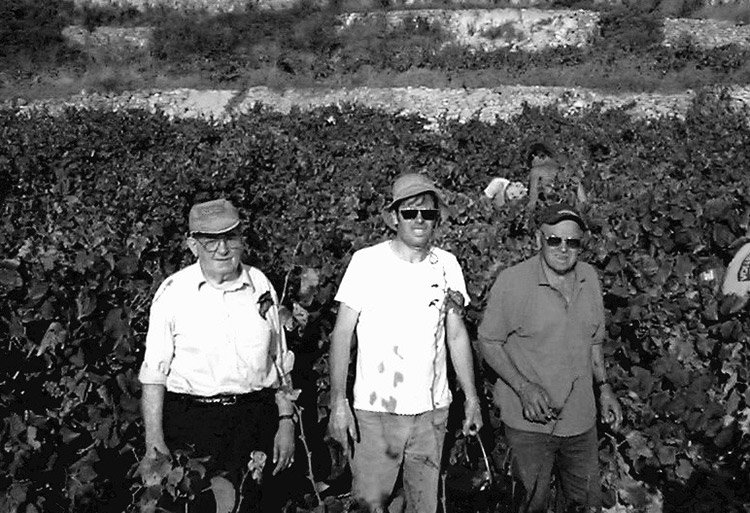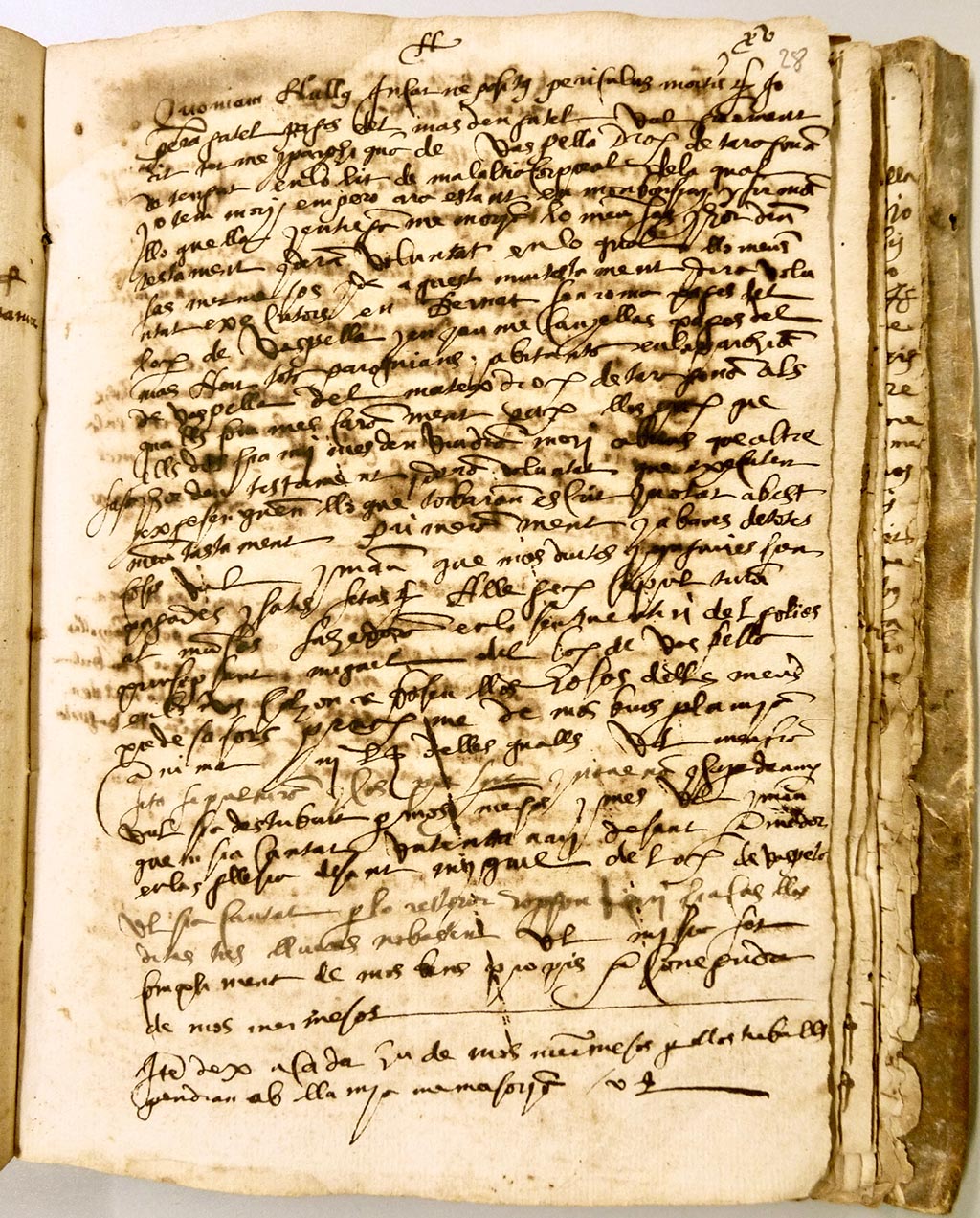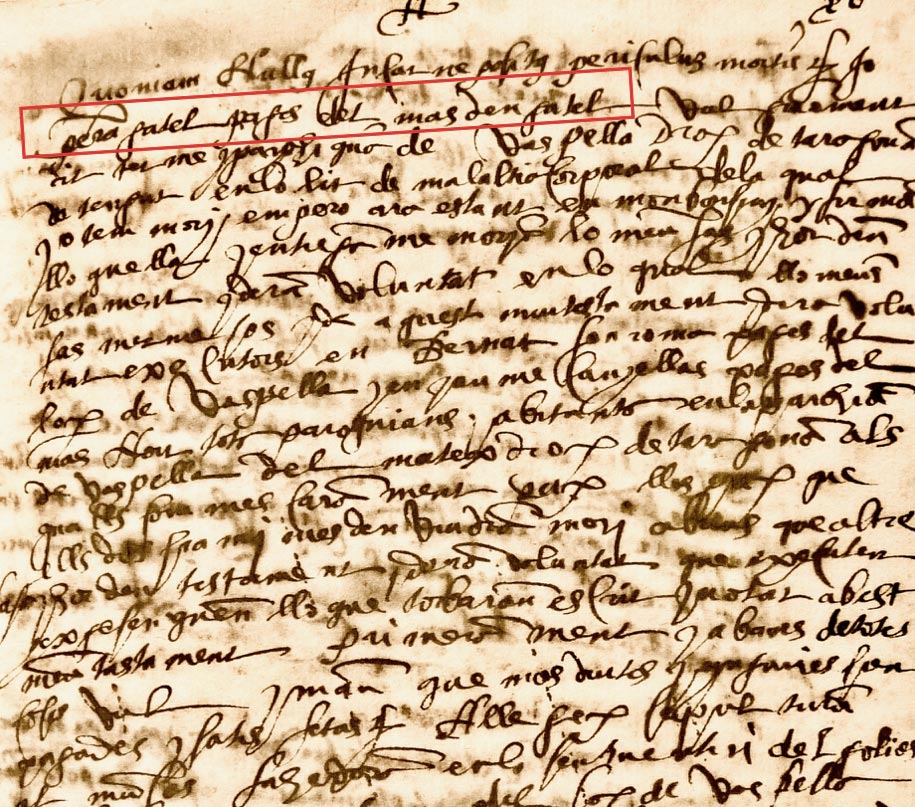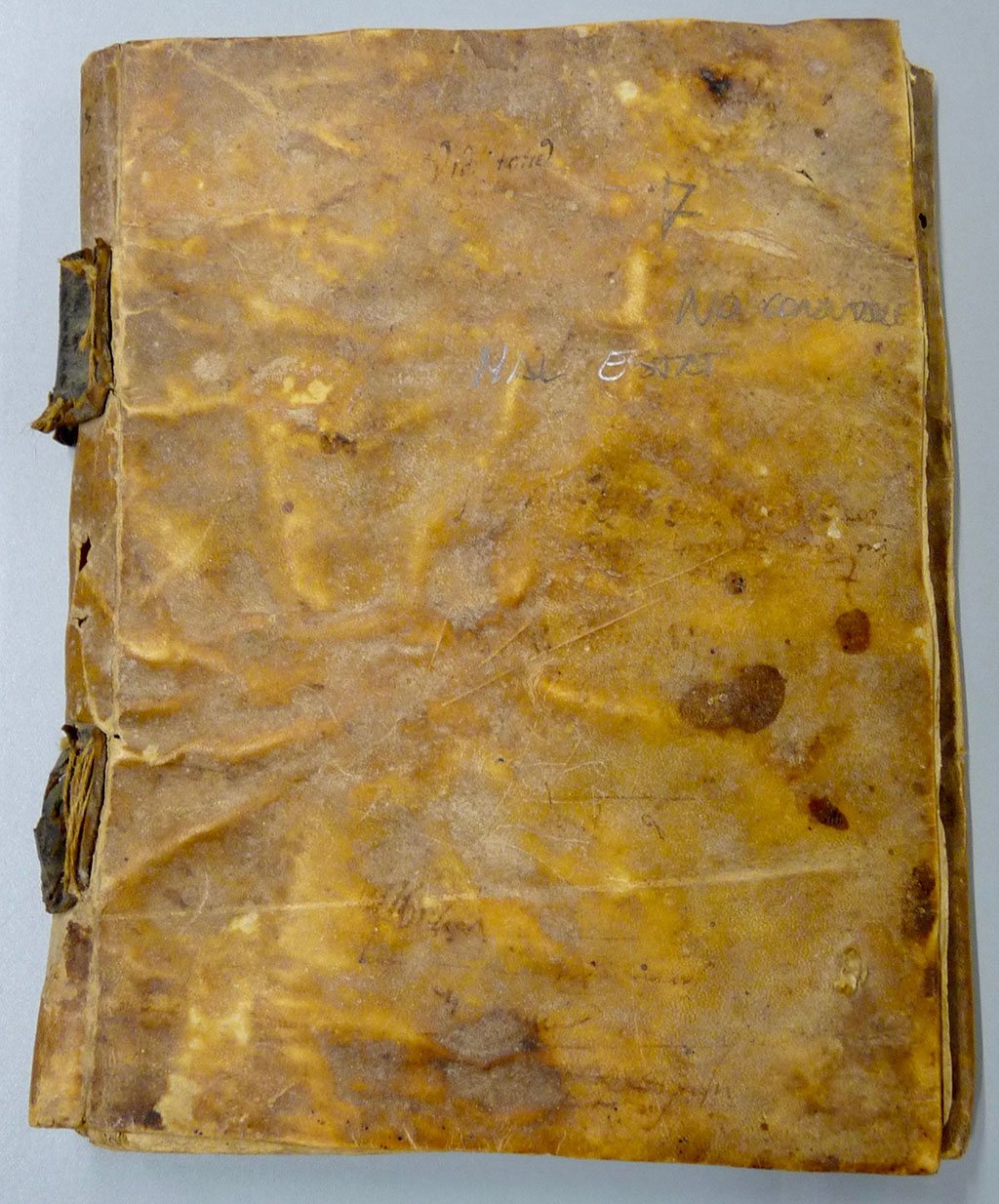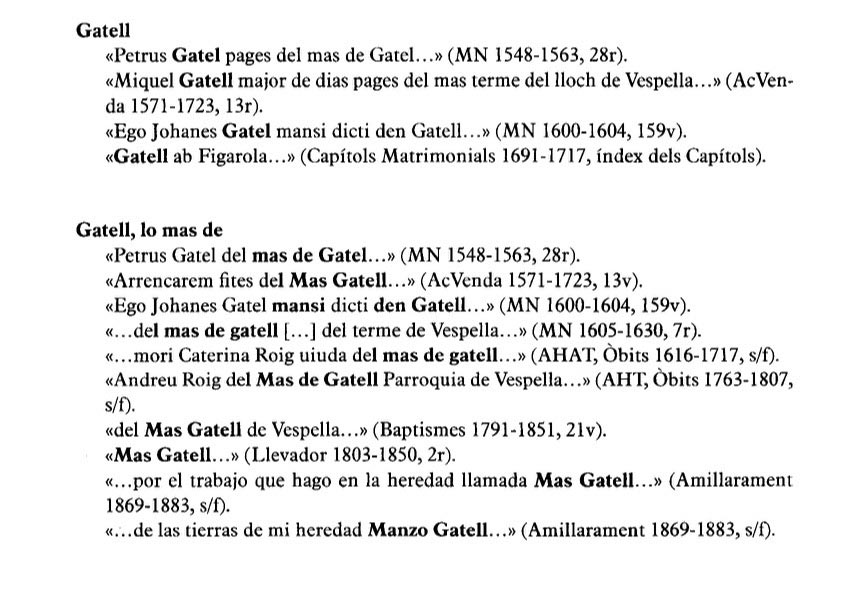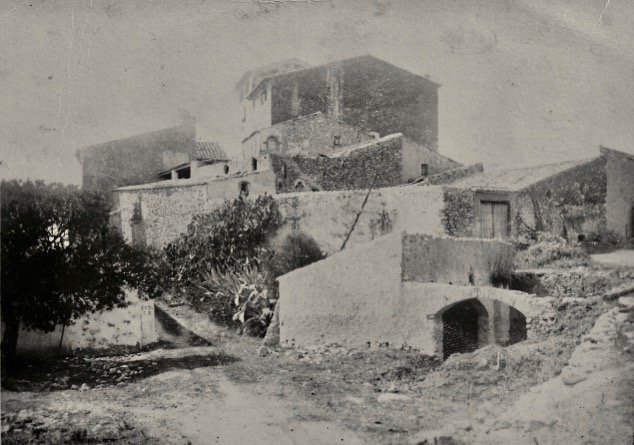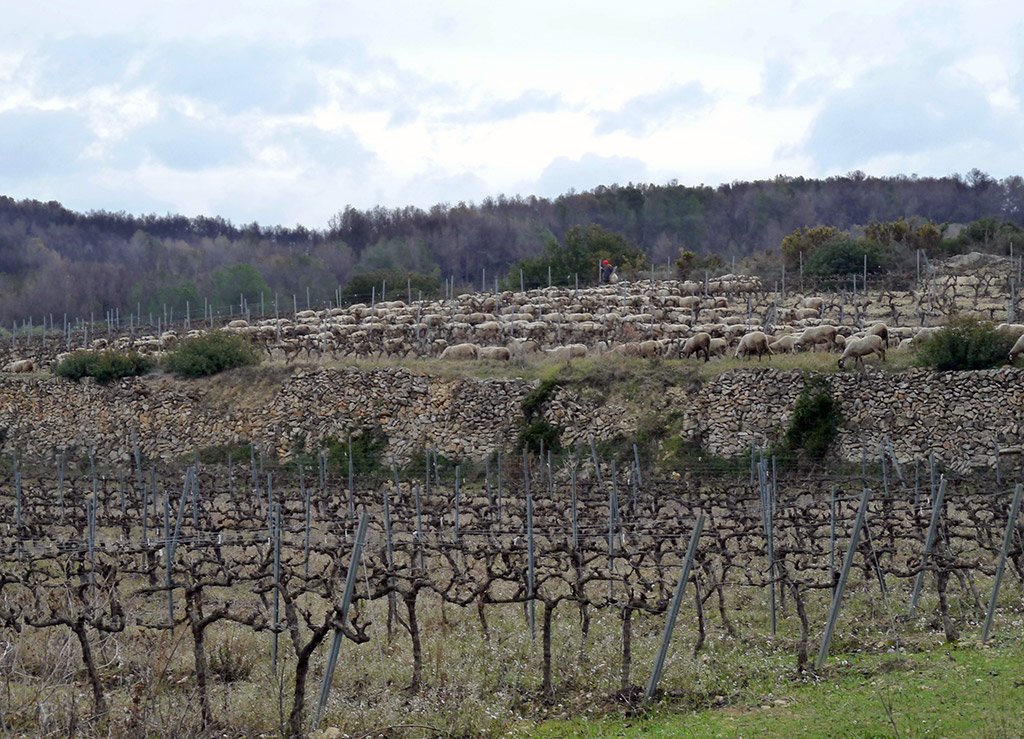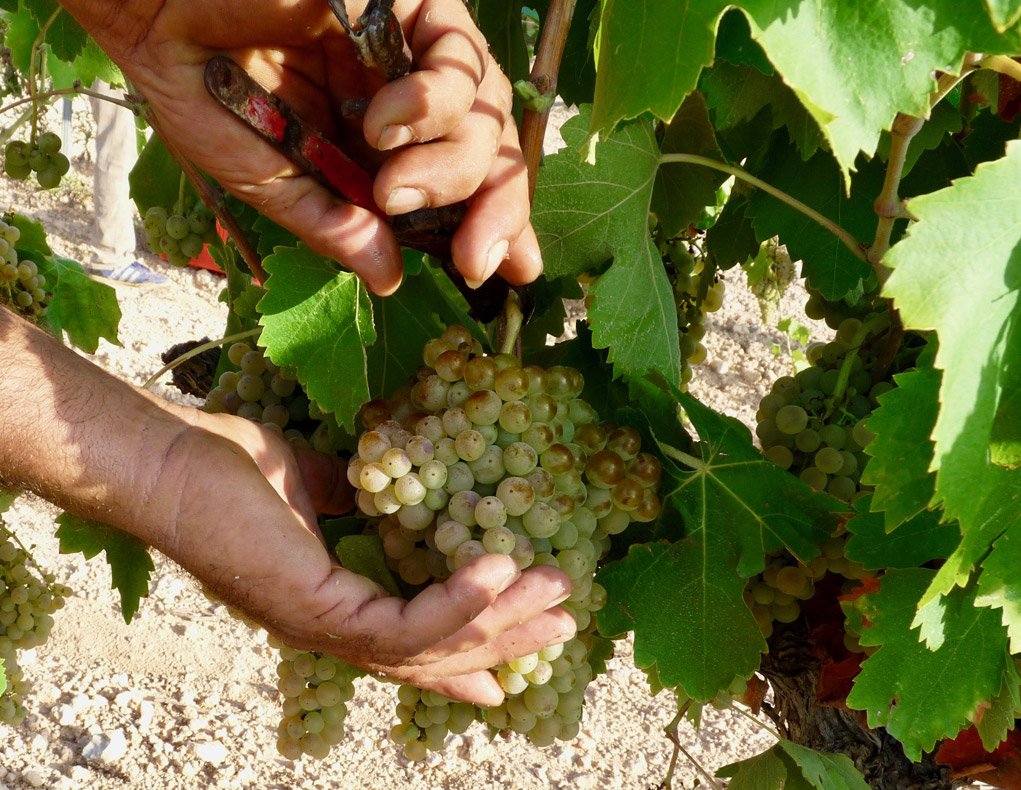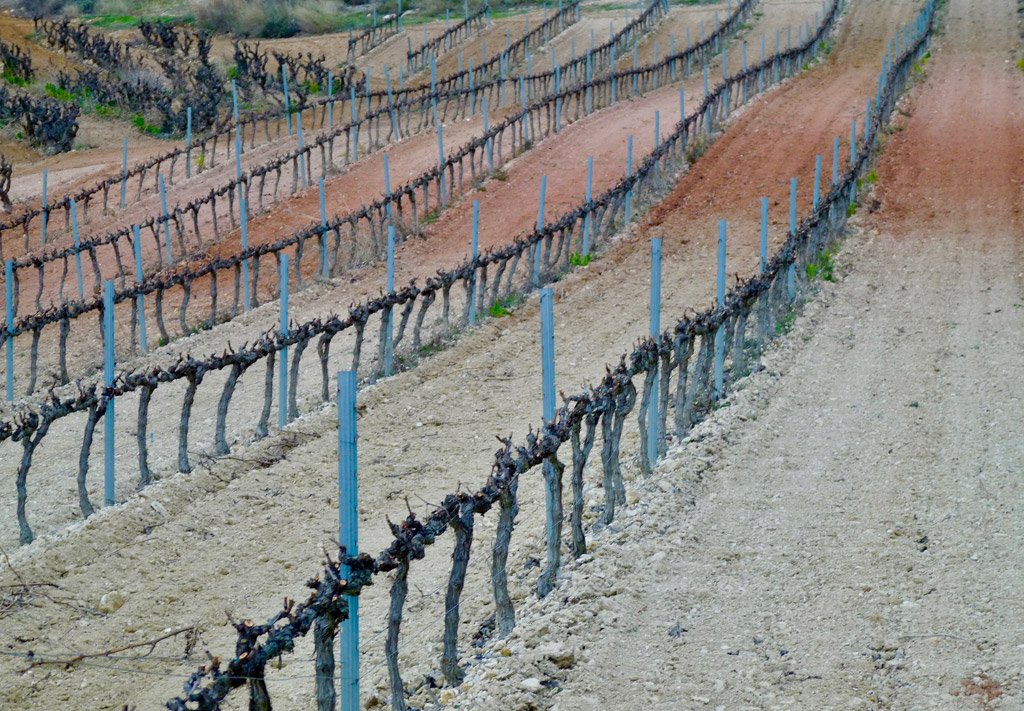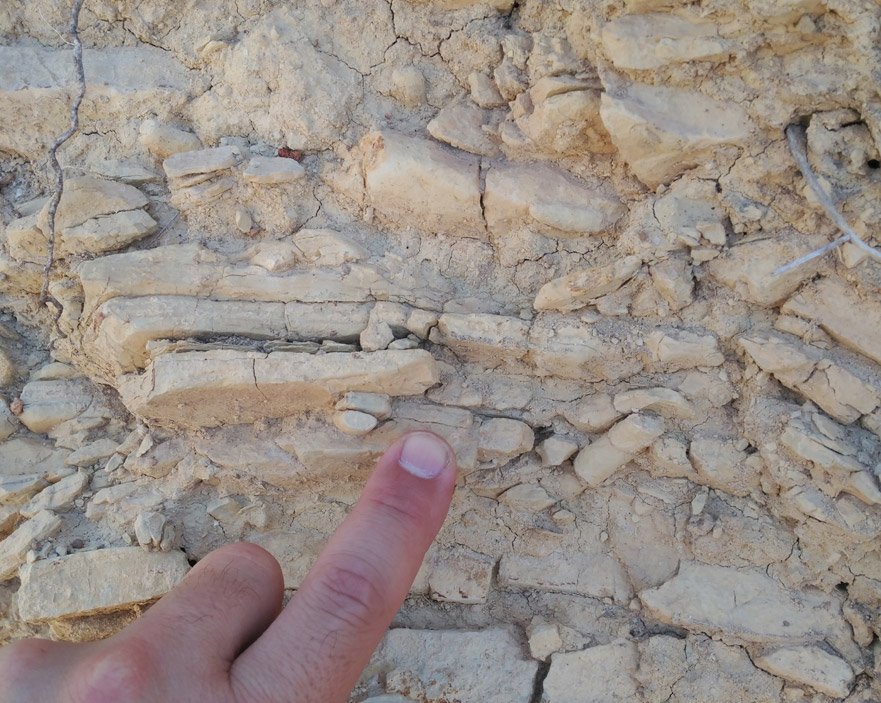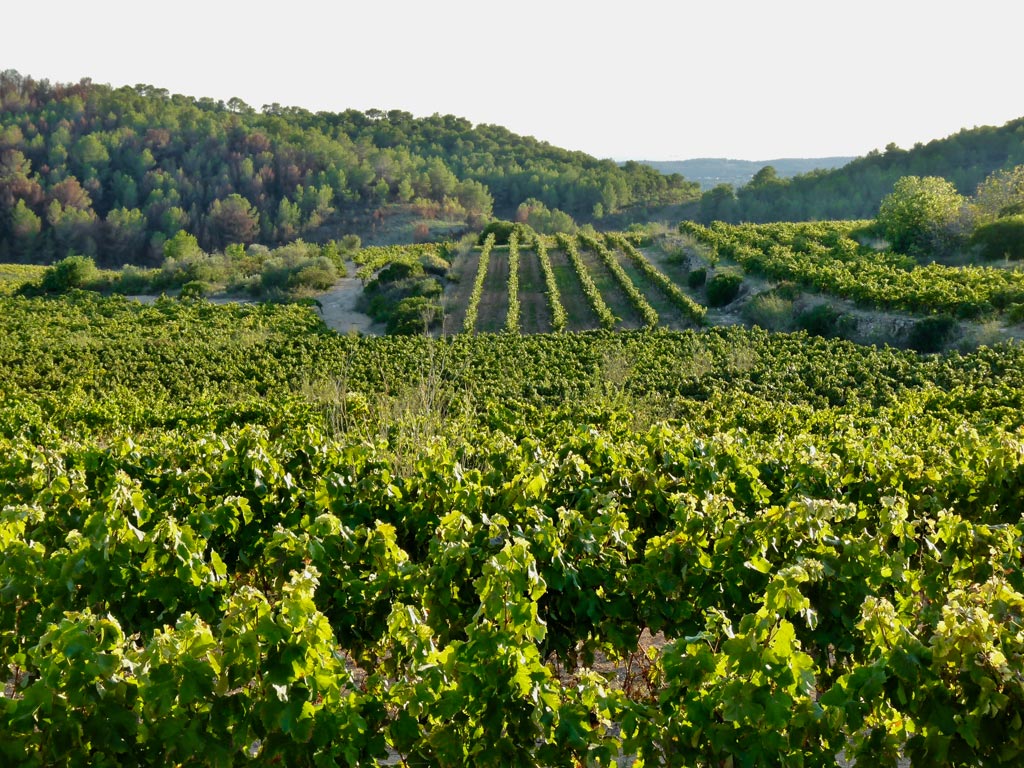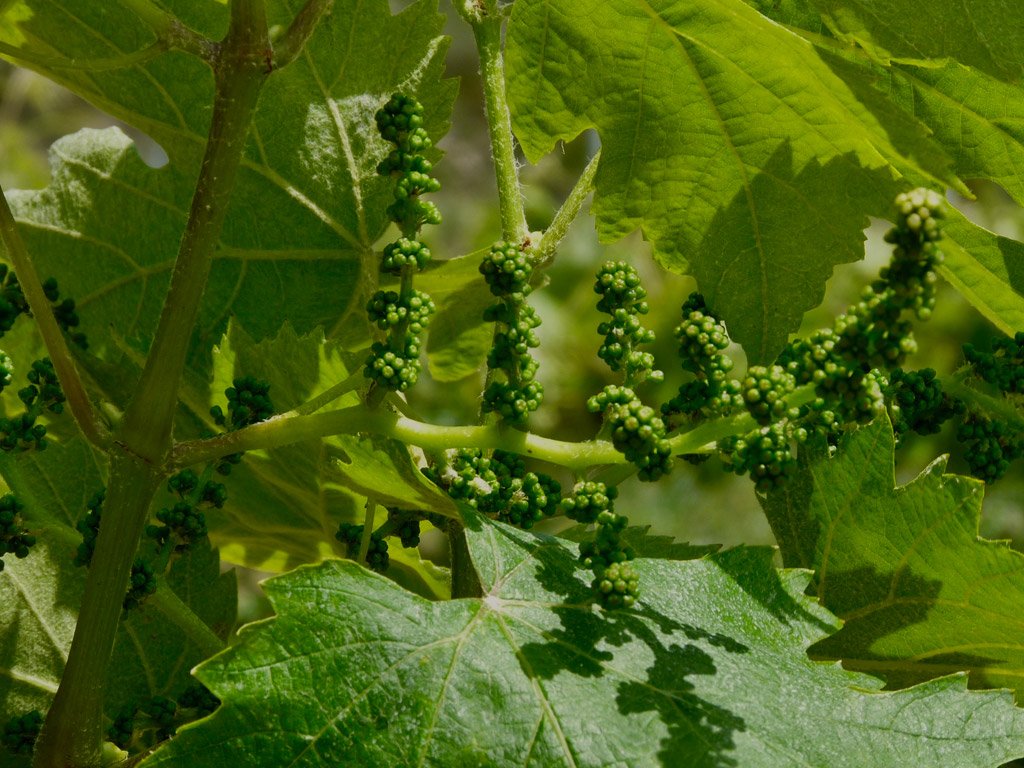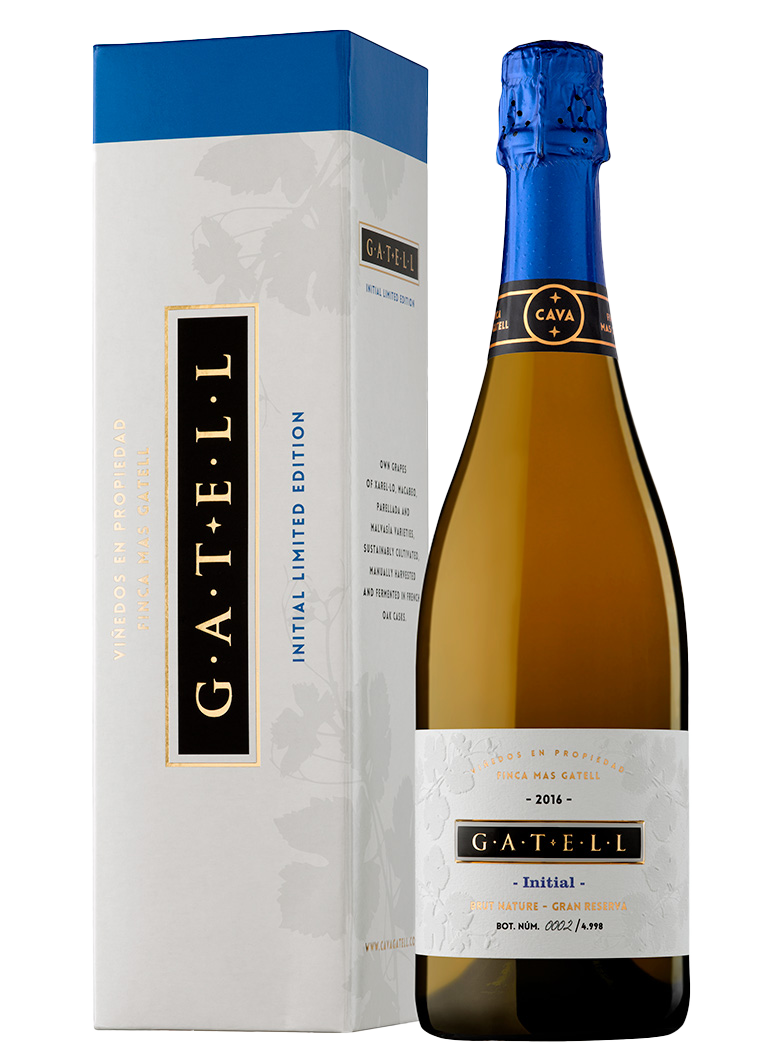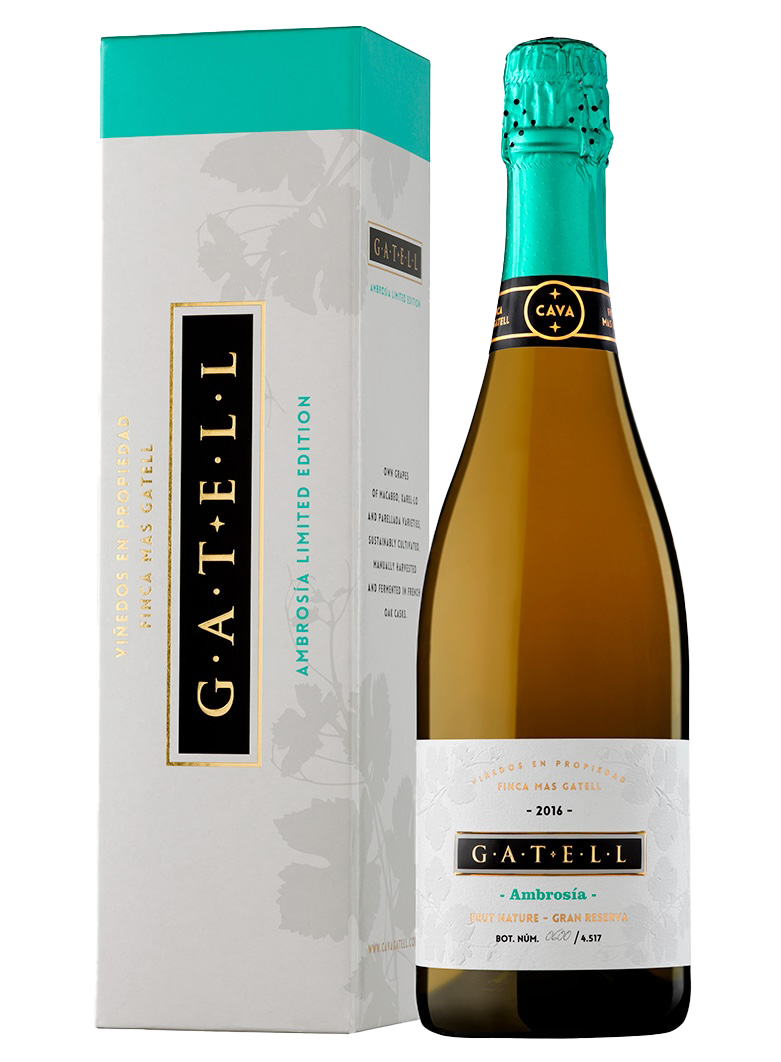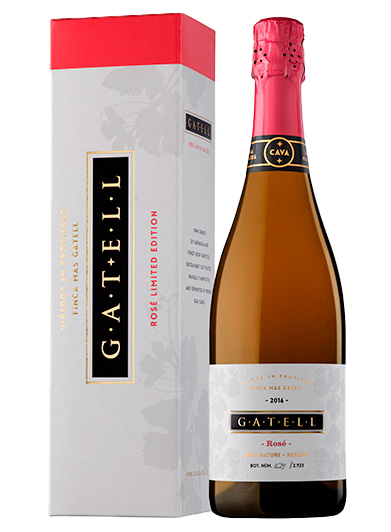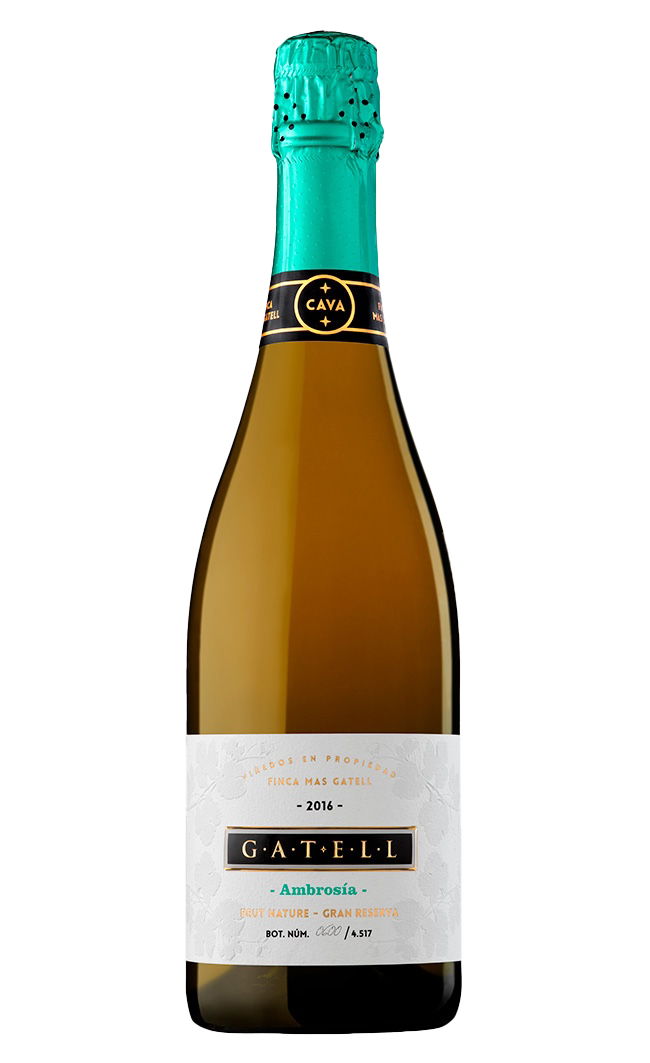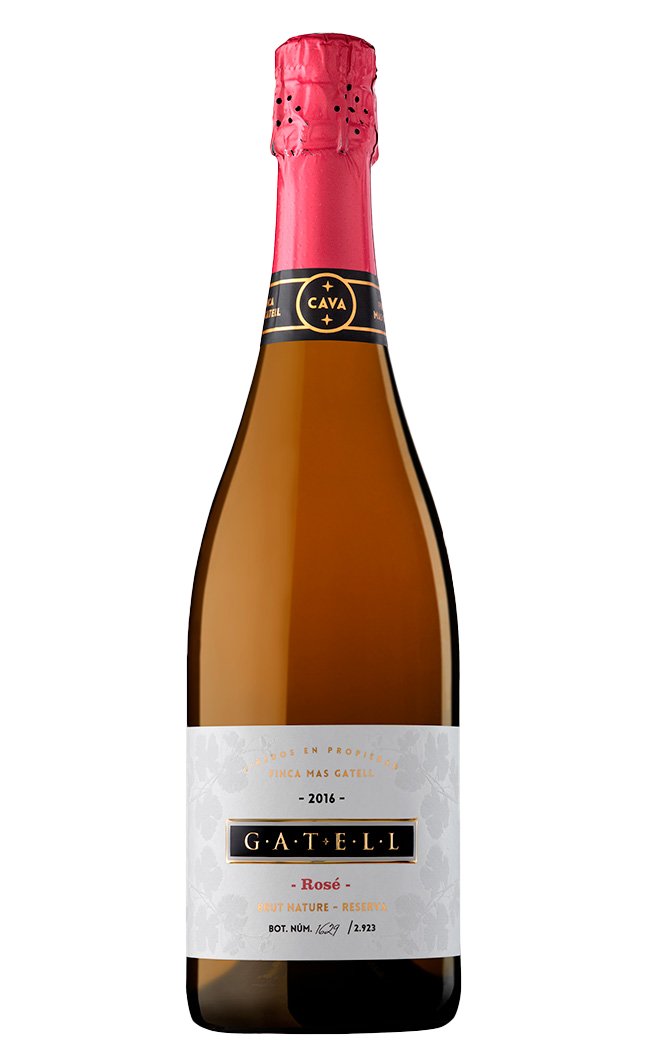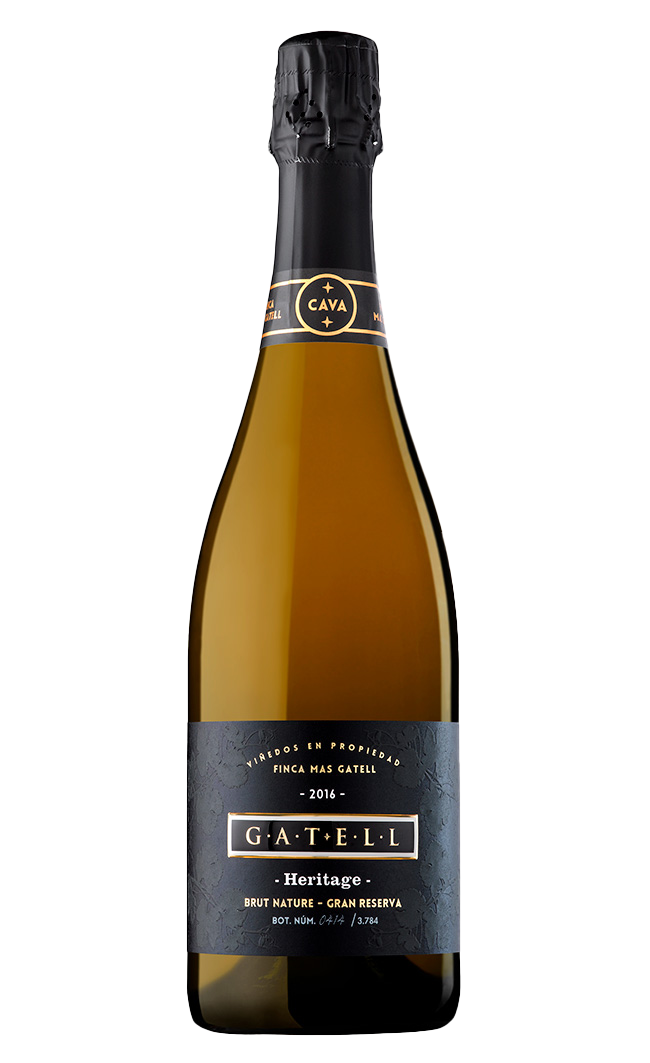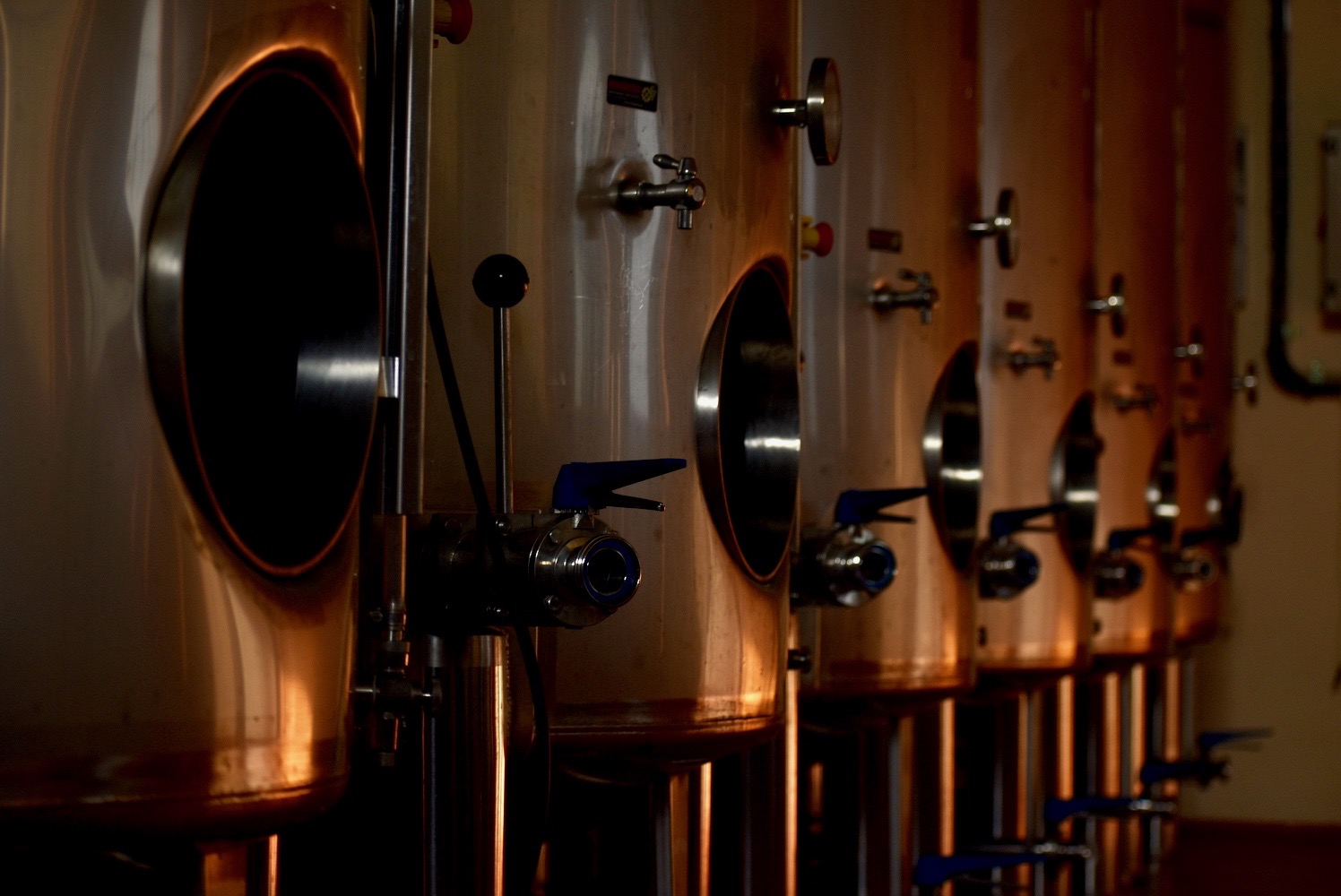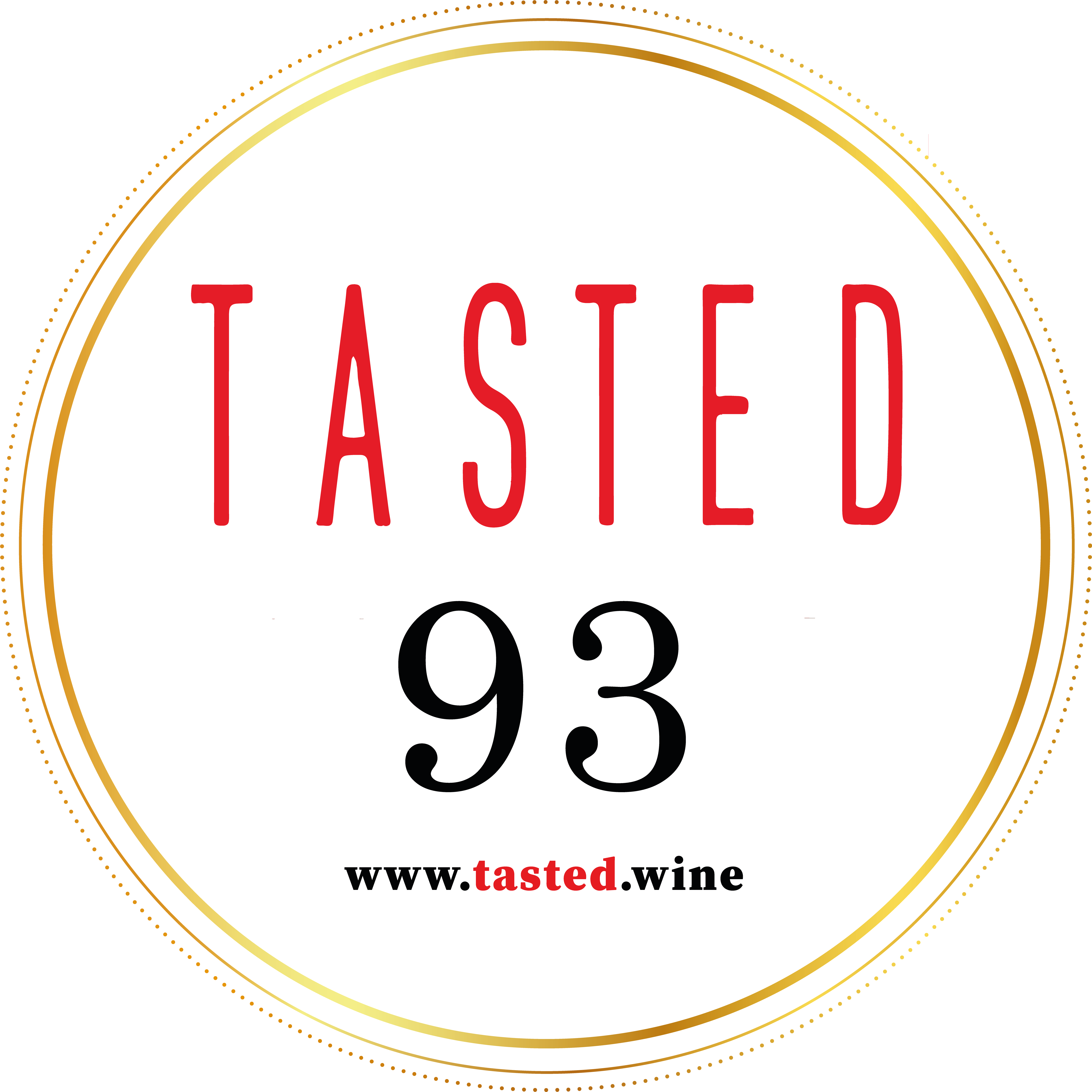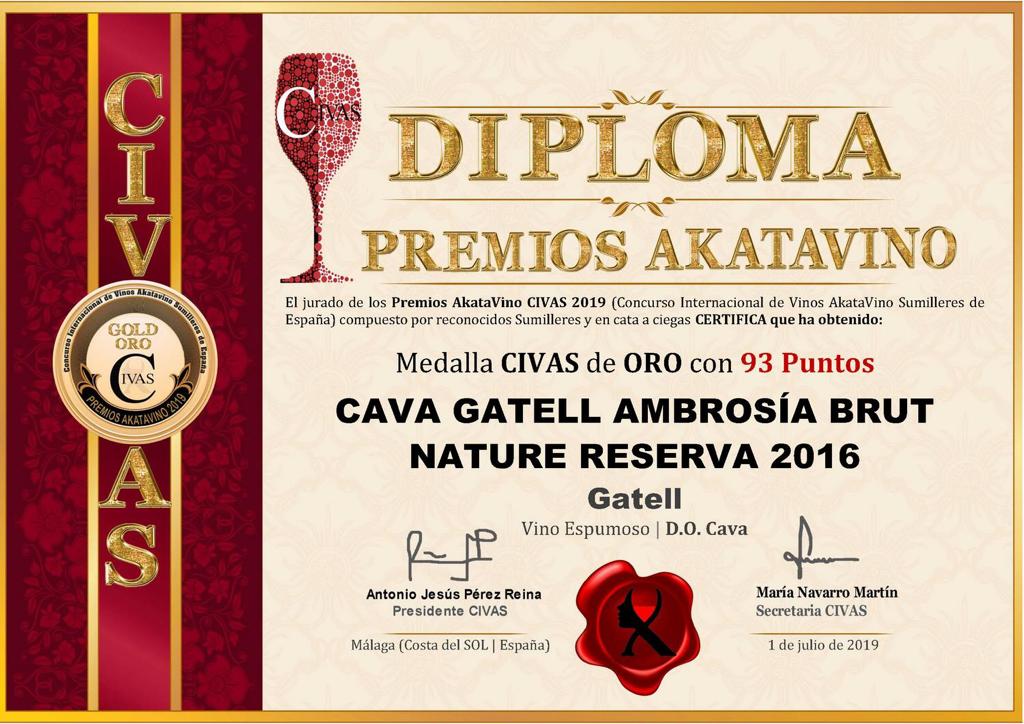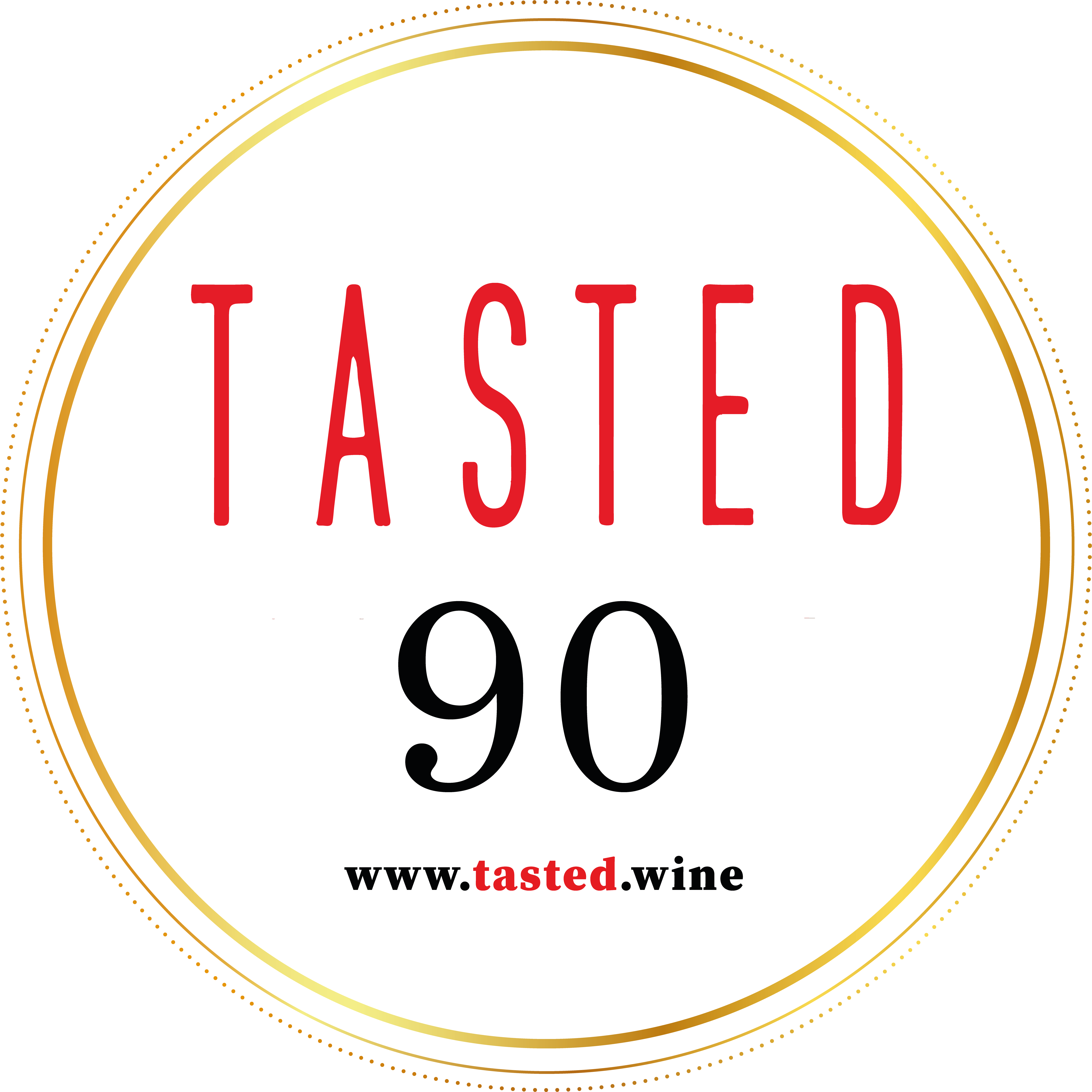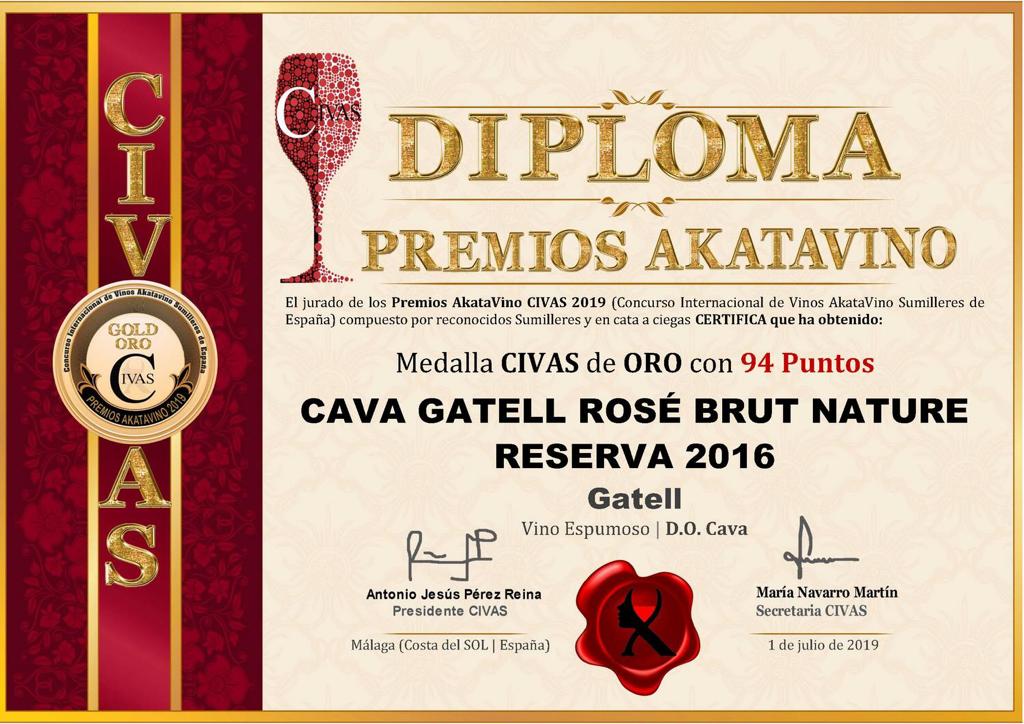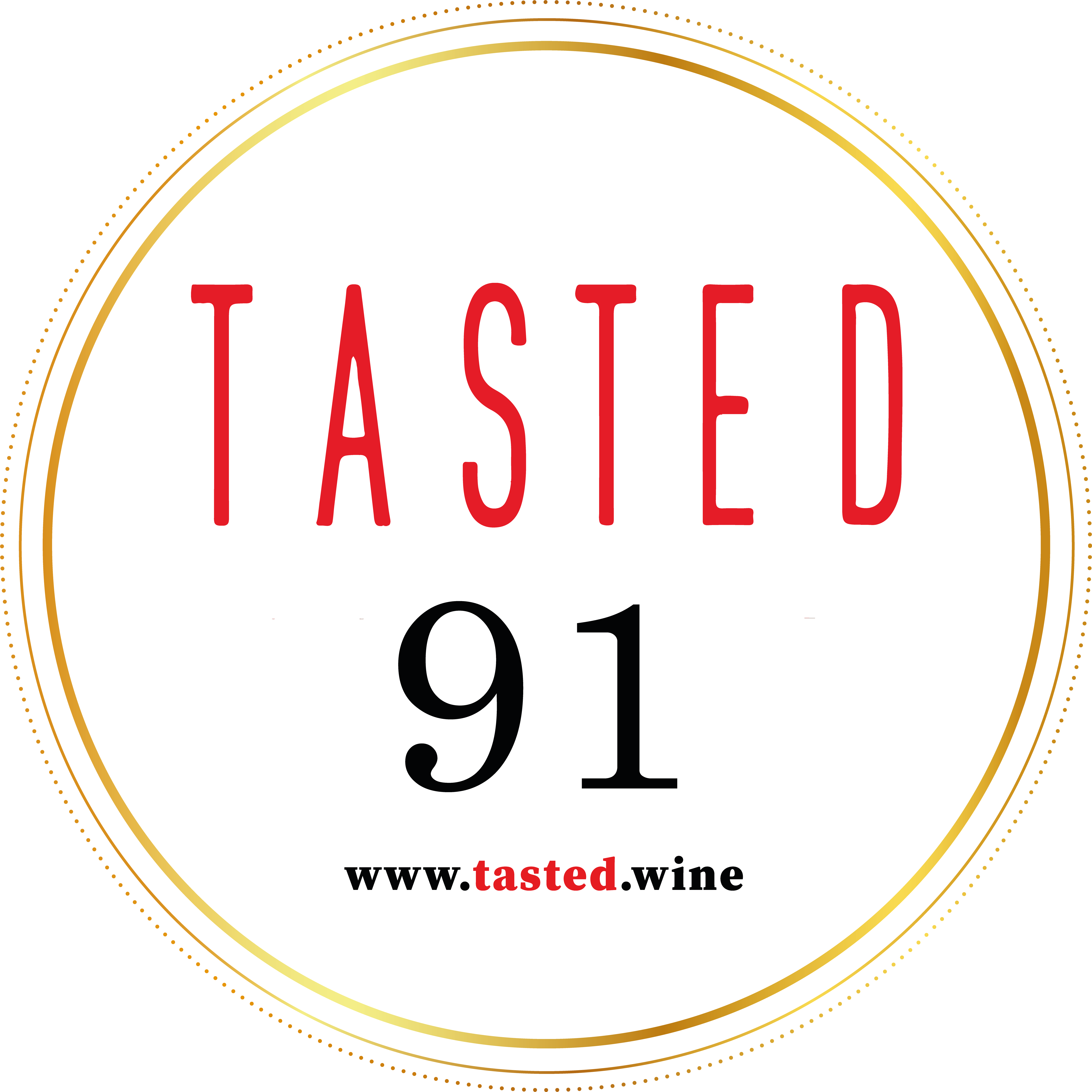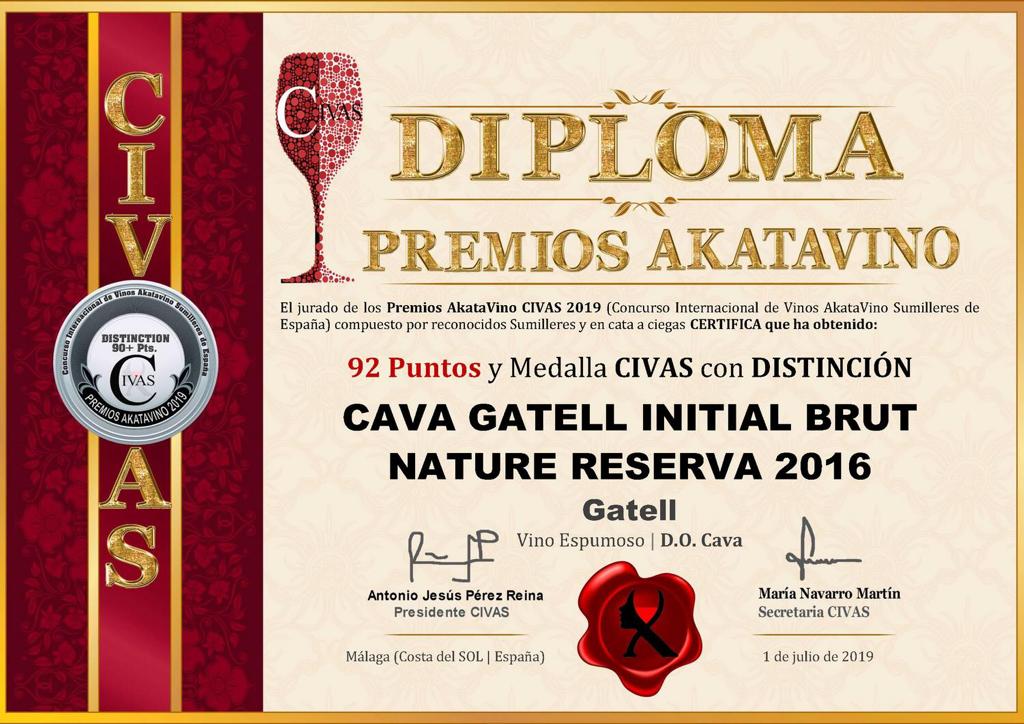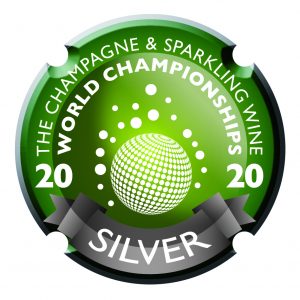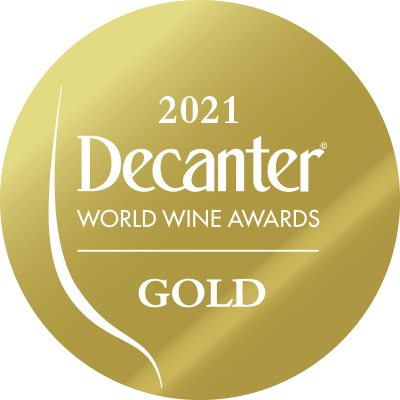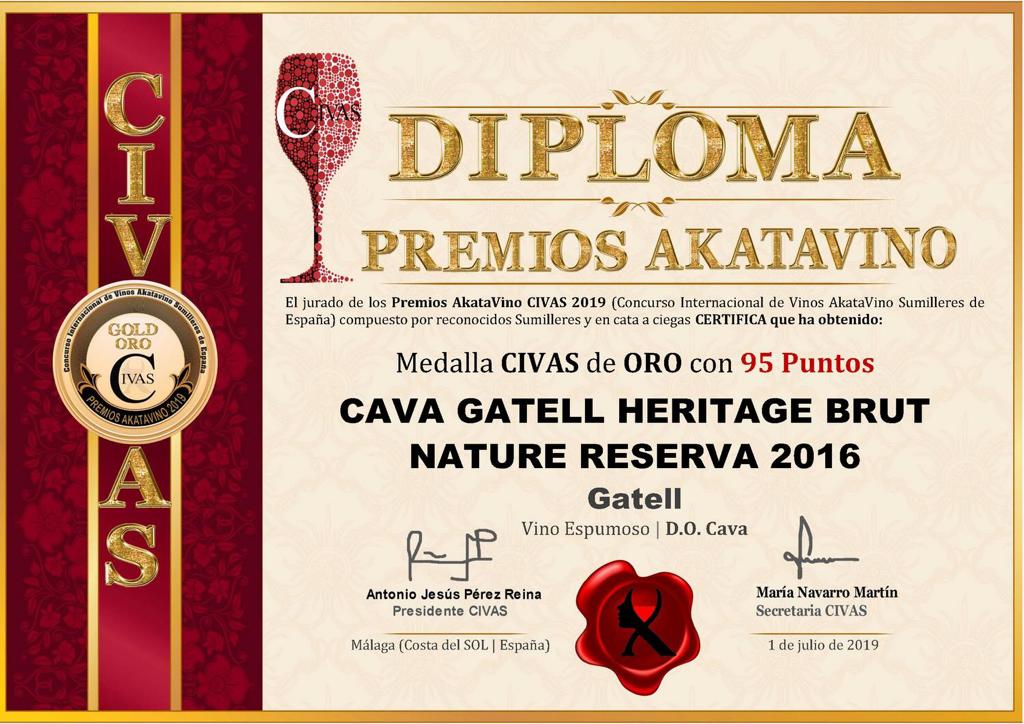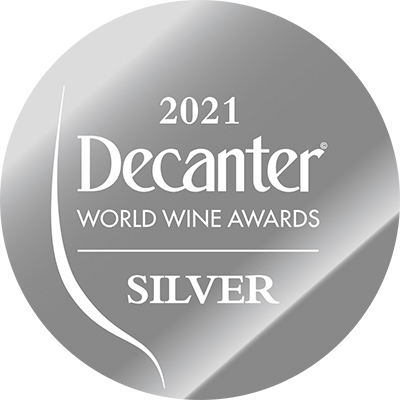The fruit from our best vineyards, hand-picked, arrives at the winery in boxes of 12 Kg to prevent any damage to the skins. The boxes are put into a cold room for 24 hours for cold maceration.
The cold bunches pass over the selection table to be cleared of leaves or where they do not come up to the strict quality controls that we impose, before being put into the pneumatic press.
The press is filled with the whole bunches cold and the air is replaced by food grade CO2. This method of refrigeration and creating an inert atmosphere is used to forestall early oxidation of the must.
The must obtained is piped into tanks where gravity separates solid particles from the liquid by decantation (a cleaning process).
The solid part is stored for later use as natural fertiliser.
All the cleaned must, classified by varieties and vineyards, is put into barrels of toasted French oak from the Allier, with an average 300 litres capacity, for the fermentation process (converting the sugar into alcohol).
The barrels are housed in a temperature-controlled room at 14ºC for at least 7 months, depending on the style of cava. During this time the must develops into a base wine for cava and acquires secondary aromas from the nuances produced by tannins in the wood. Also, due to the micro-oxygenation which occurs through minute pores in the barrel, the wine acquires a capacity for ageing, an essential quality for making long-matured cava like ours.
Using barrels for the fermentation makes the process more expensive but enhances the sensory qualities of the wine and gives it very special characteristics. At Gatell we are proud to be one of the few wineries in the world where 100% of the production is fermented using this technique.
To optimise the properties given to the wine by the wood we use batonnage. This technique, applied after the 1st fermentation has finished, consists of stirring the lees inside the barrels every day in order to obtain an increased volume of the glyceric compounds which give smoothness in the mouth. It also frees mannose chains which form mannoproteins. These are polysaccharides which combine with the tannins, generally bitter, astringent and tart, converting them into fatter, silkier and sweeter nuances for the senses.
The process ends when fruit and wood reach the balance expected for a great wine. All this is supervised by oenologists Marta Ferré and Joan Rabadá who have more than 70 grape harvests behind them.
The wine is now transferred into stainless steel tanks where the ensemble or coupage takes place. Through oenology and exhaustive tasting good wines of different varieties are mixed together to produce another wine with even finer qualities. Then the mixture is bottled and yeasts are added with their nutrients, organic cane sugar.
It is these yeasts that transform the wine into cava through the second fermentation process.
The second fermentation takes place in cellars at a depth of 14 metres (which means that the natural temperature is 16 degrees throughout the year). The constant low temperature causes slow fermentation in which the CO2 generated remains in the bottle in the form of fine bubbles, well integrated and slow in release.
Although the process usually lasts for just a few weeks, the bottles rest in the silence and darkness of the cellars for at least 60 months with their lees, a time of maturing which our oenologists consider enough for the cava to obtain excellently integrated tertiary aromas or bouquet.
Having reached this point the sediments left by the yeasts (lees) need to be removed. This is done by riddling, gradually turning the bottles until they are vertically upside down, the lees being then deposited in the neck ready to be removed by disgorgement. This process involves freezing the neck of the bottle so that the remains of the yeasts can be expelled in the form of a plug of ice.
Now it only remains to top up the bottle with the dosage, prepared on the basis of the same wine and with sulphites (to prevent oxidation in the cava), insert the cork and finish the presentation with elegance according to the style of cava it contains. Following a philosophy based on purity of flavour we do not sweeten any of our cavas with sugar (Brut Nature).
